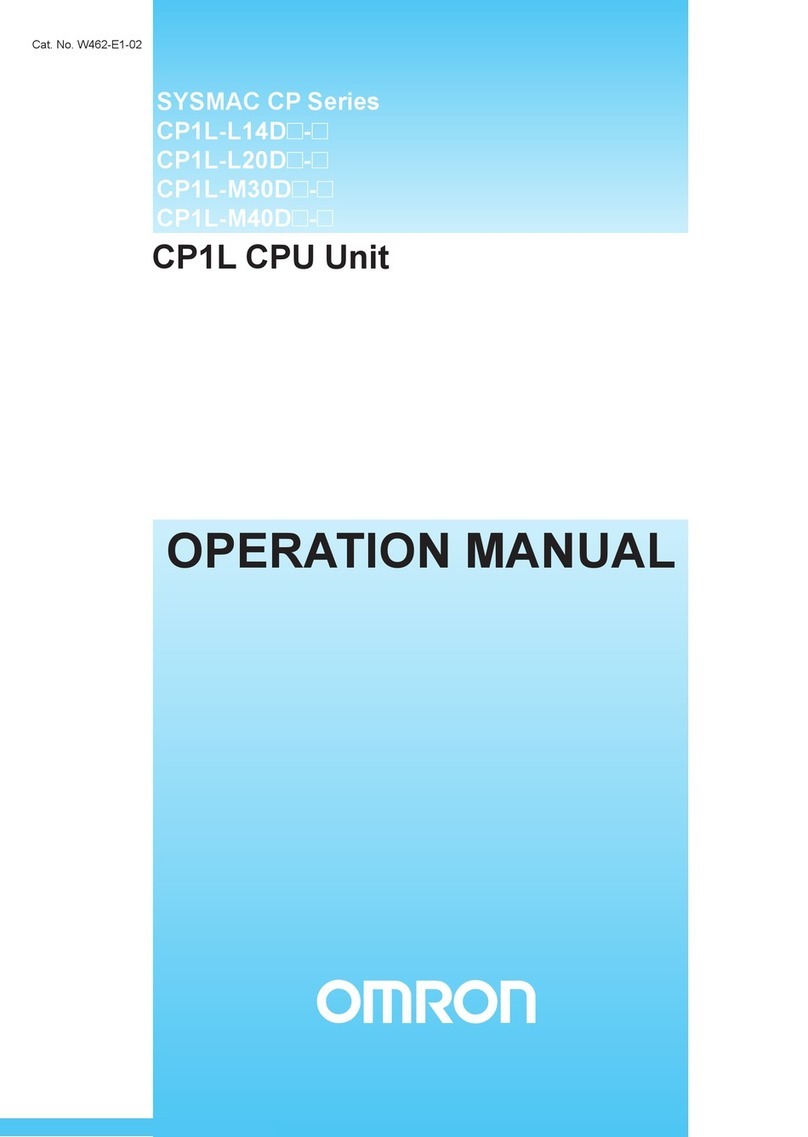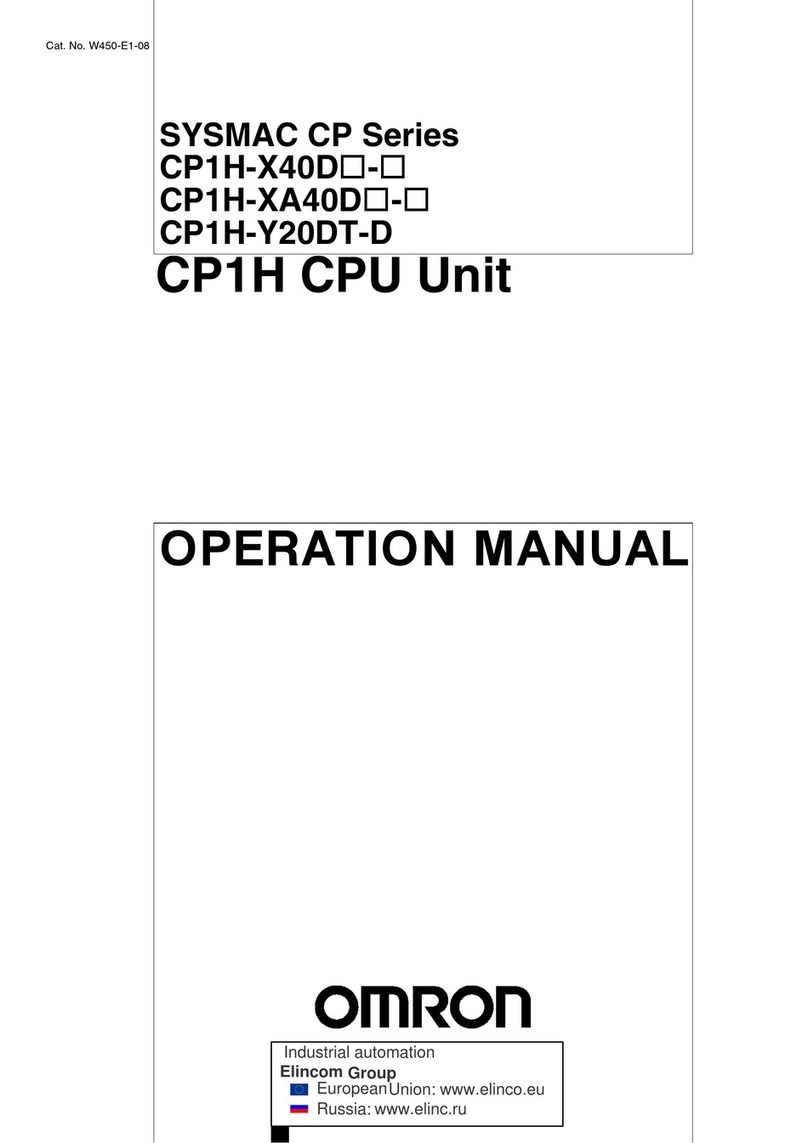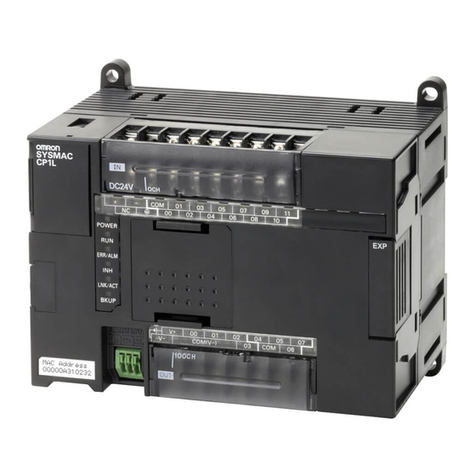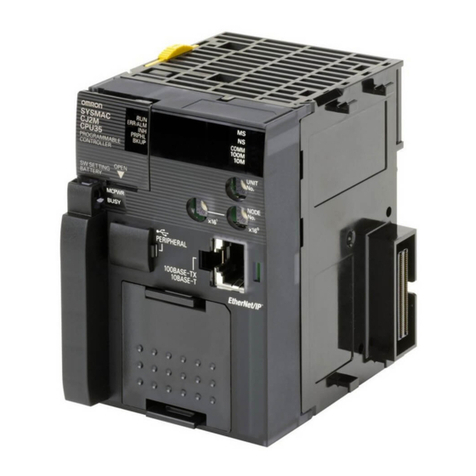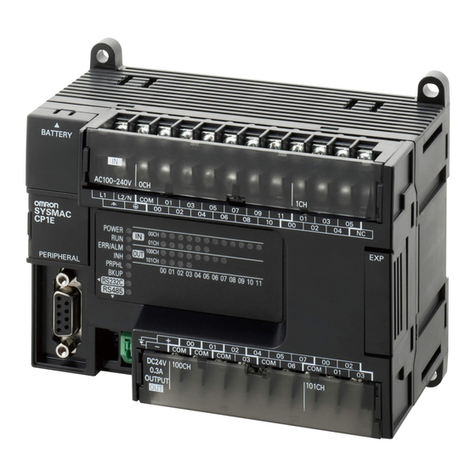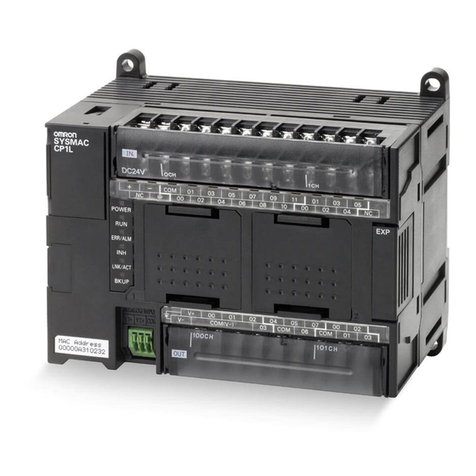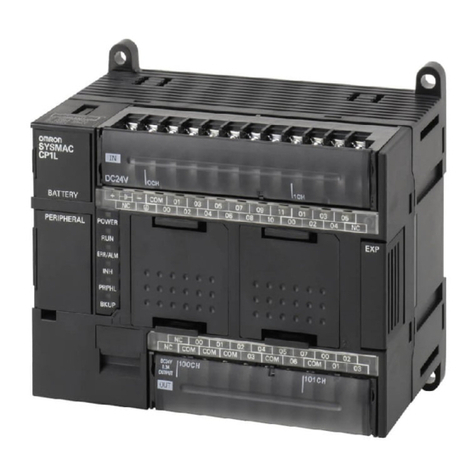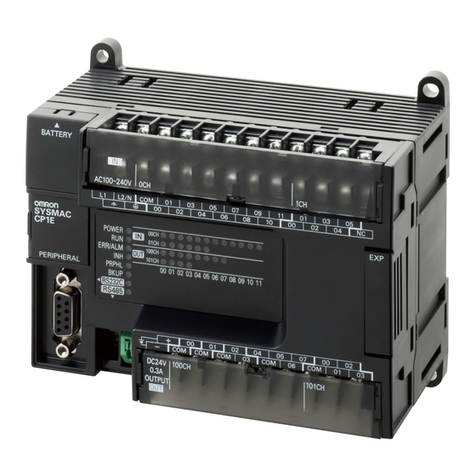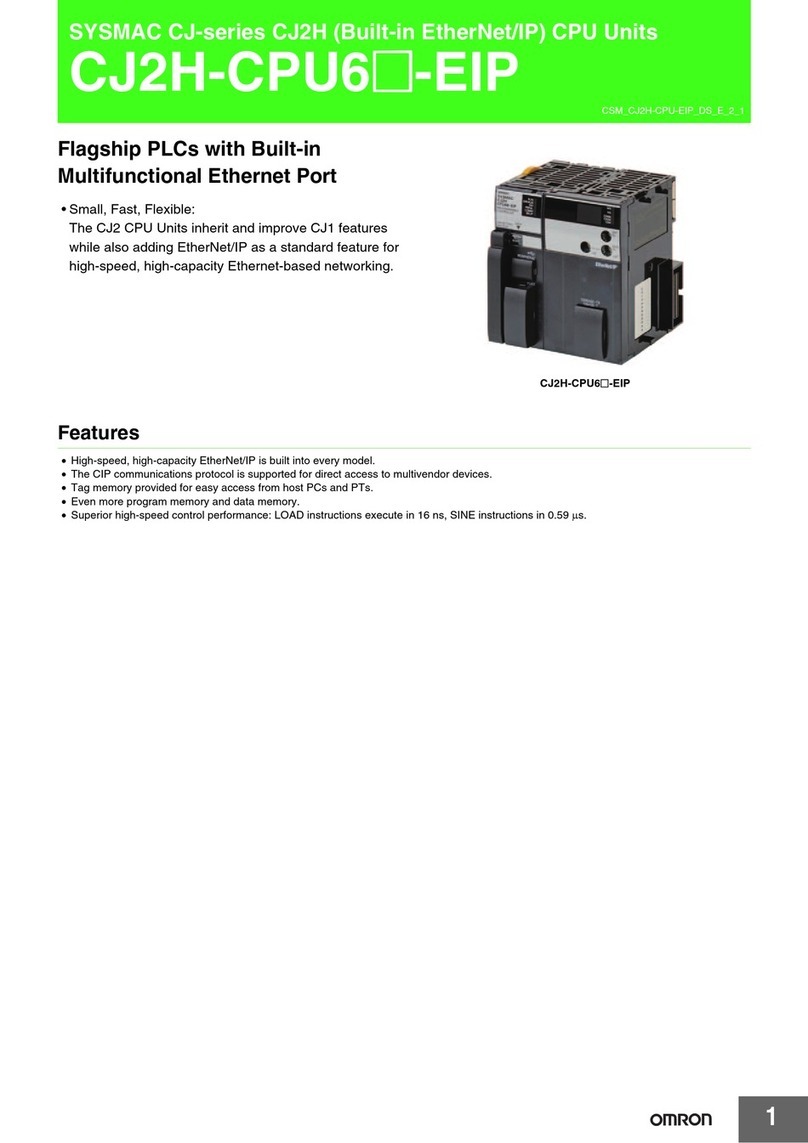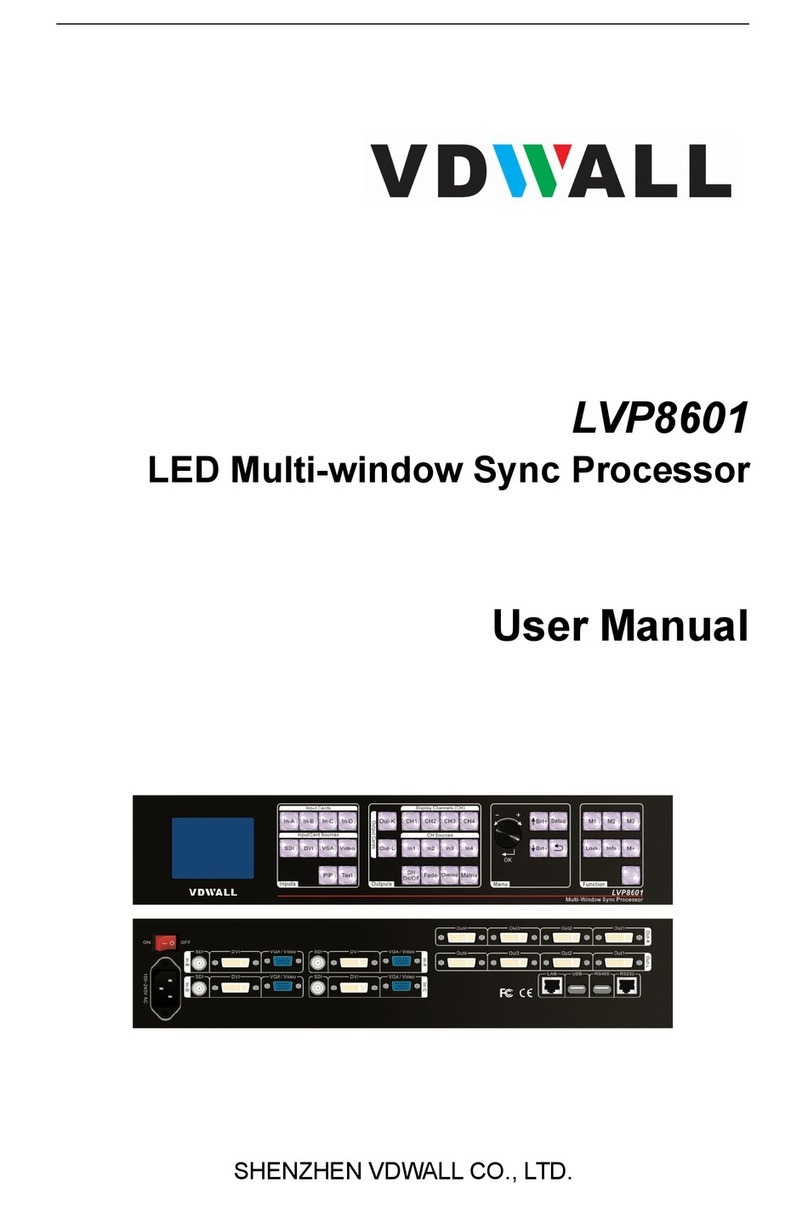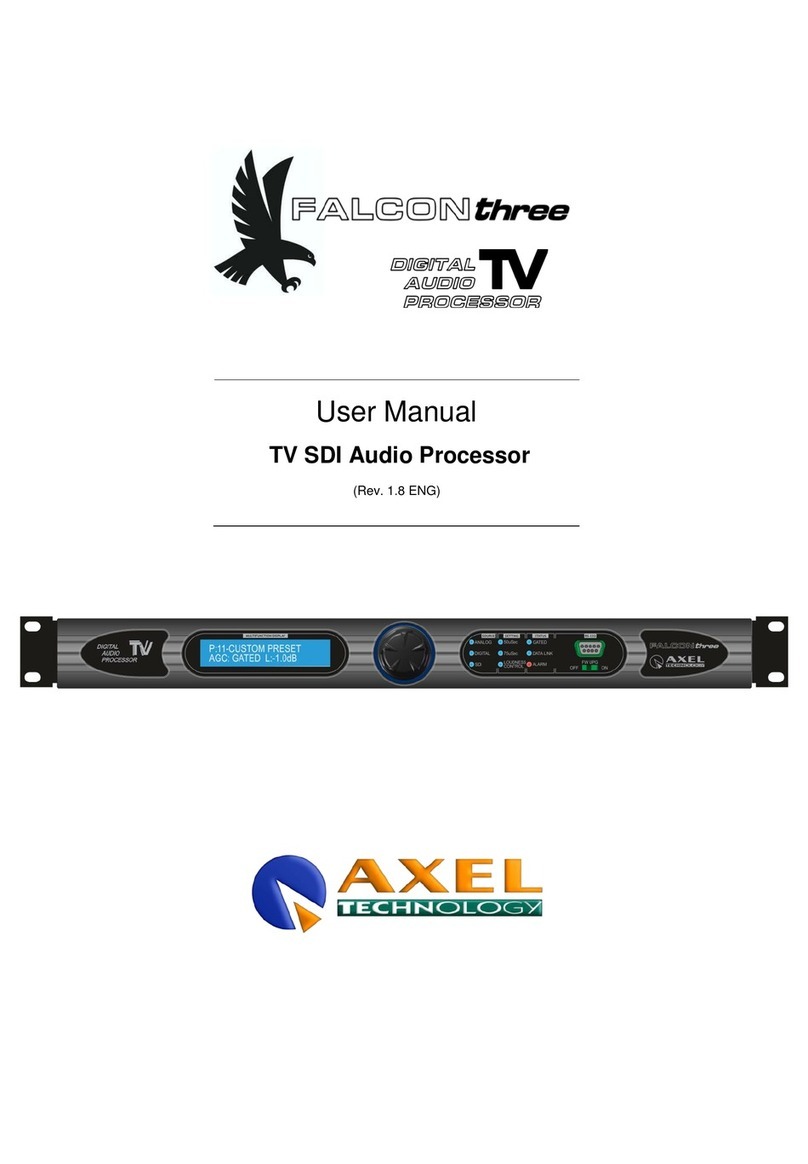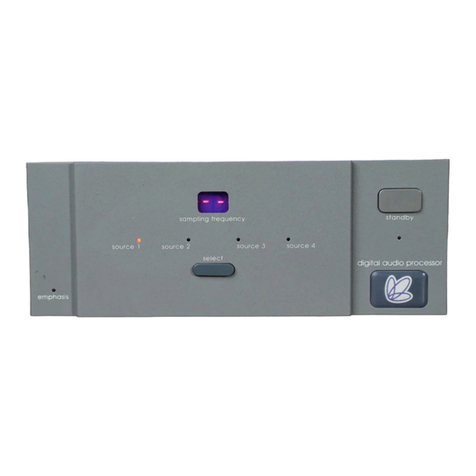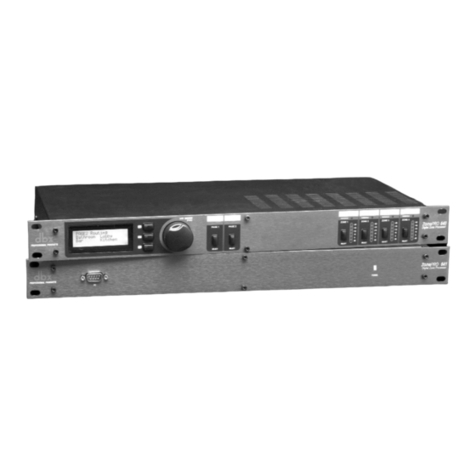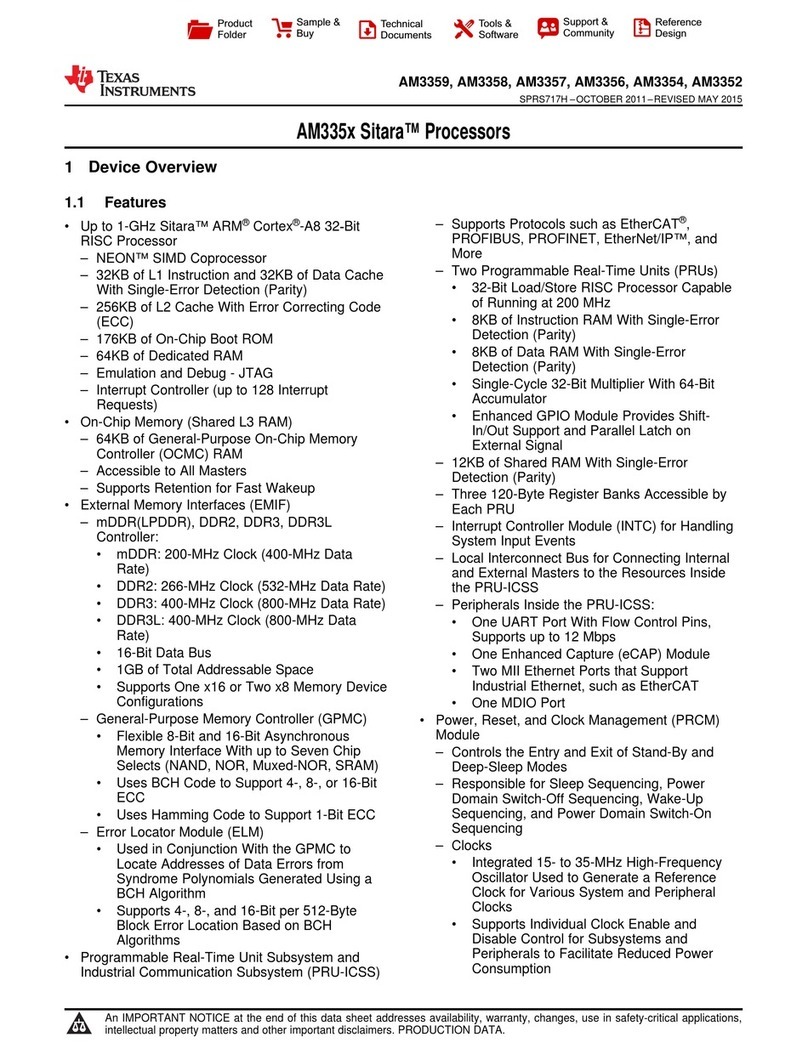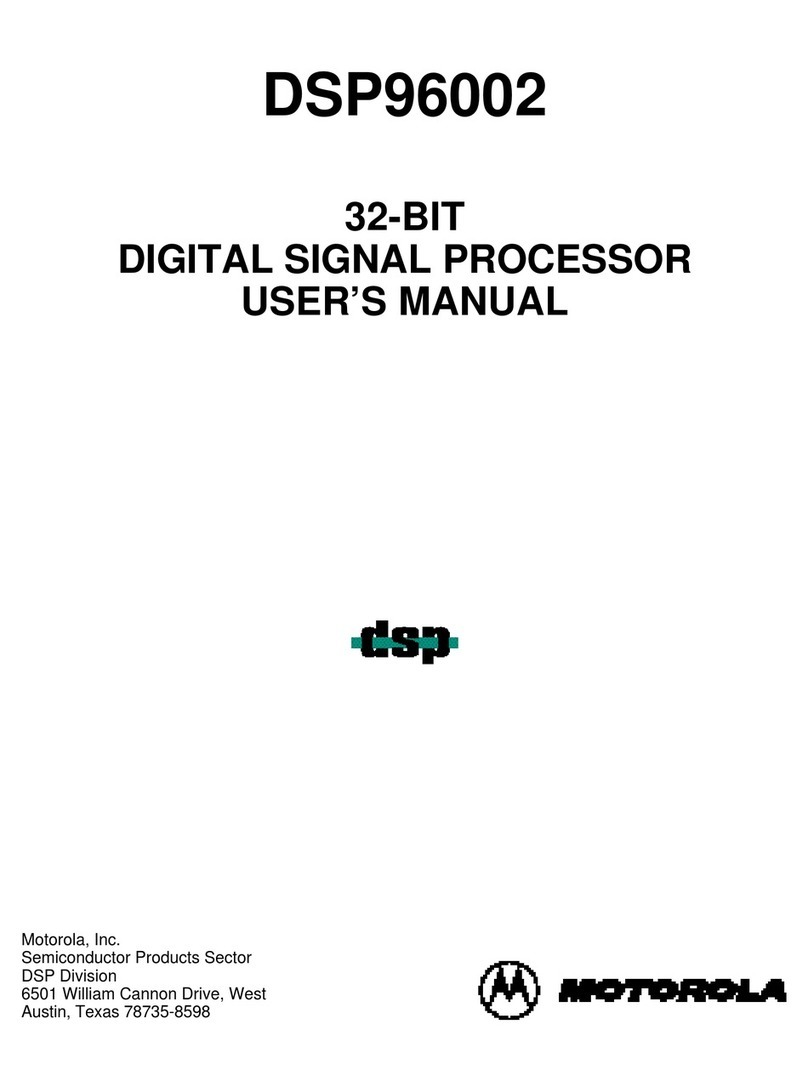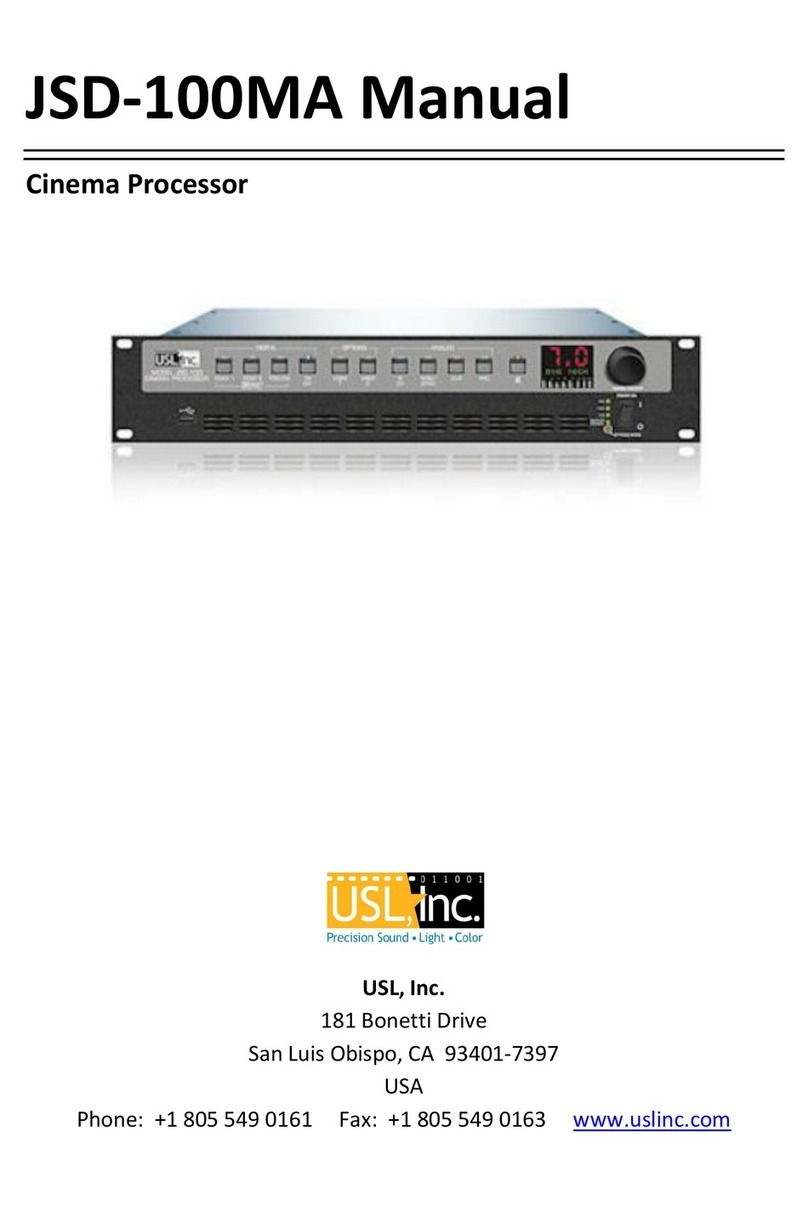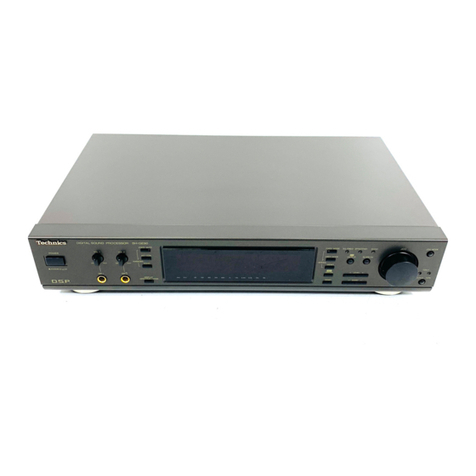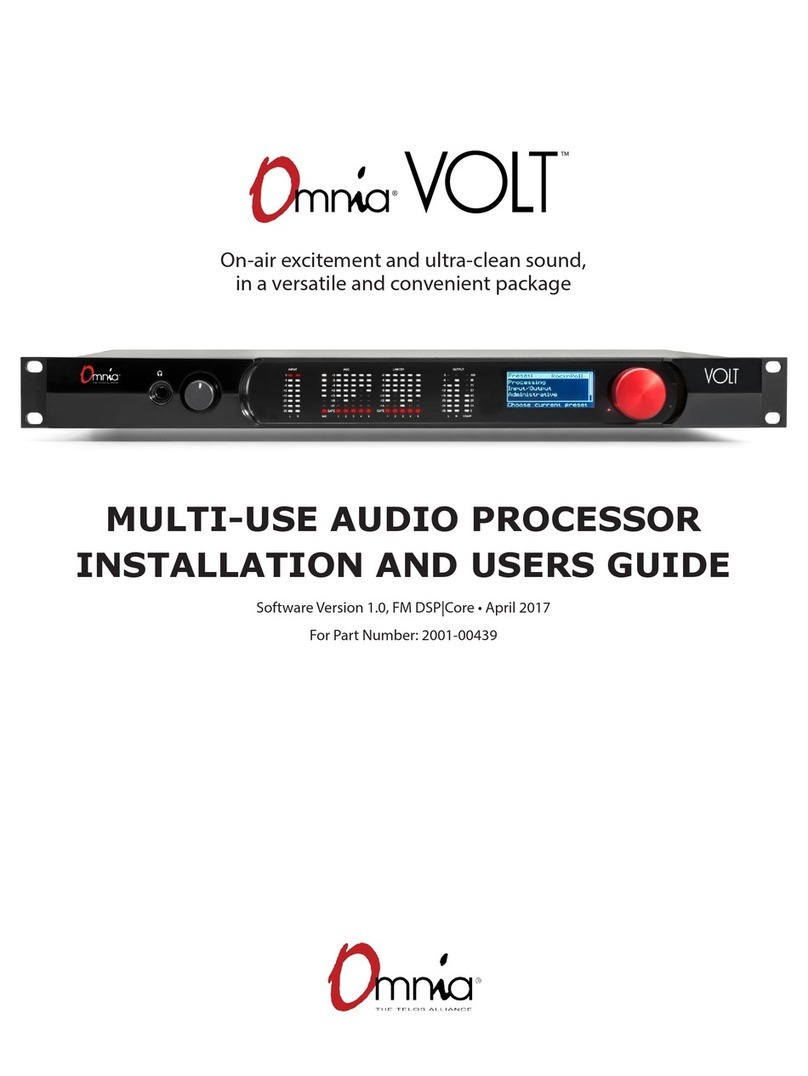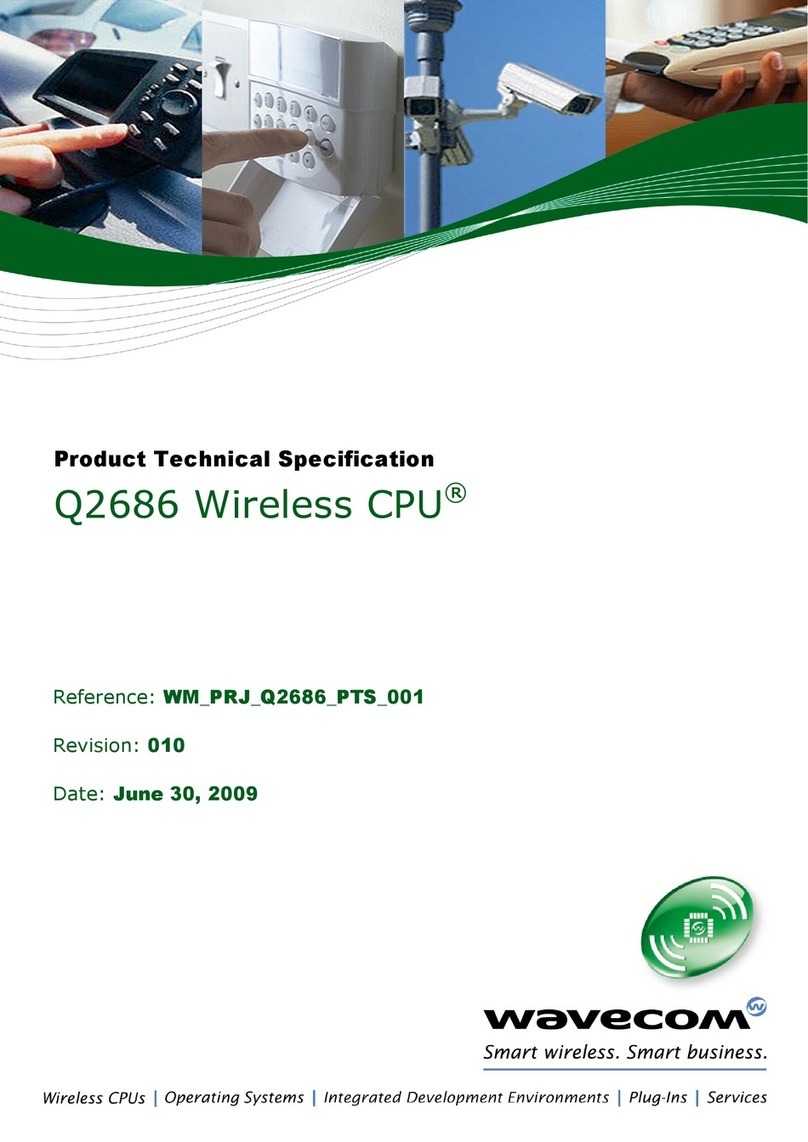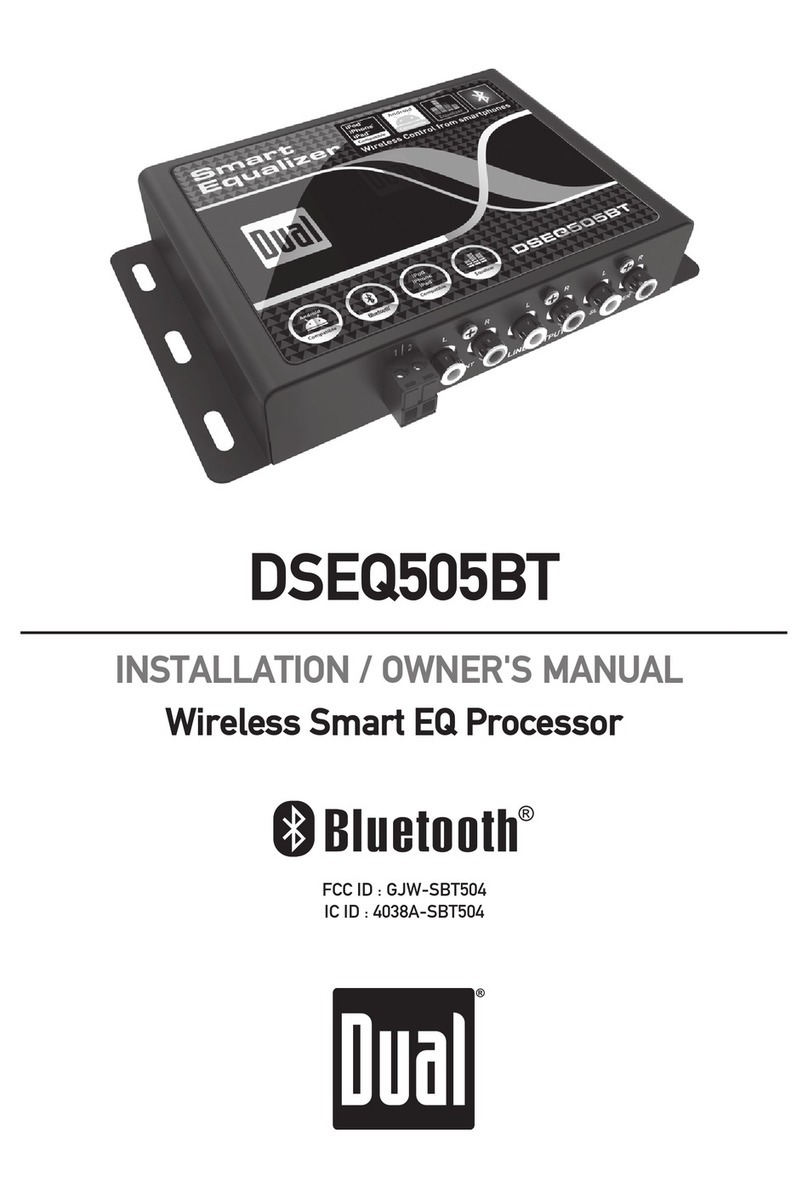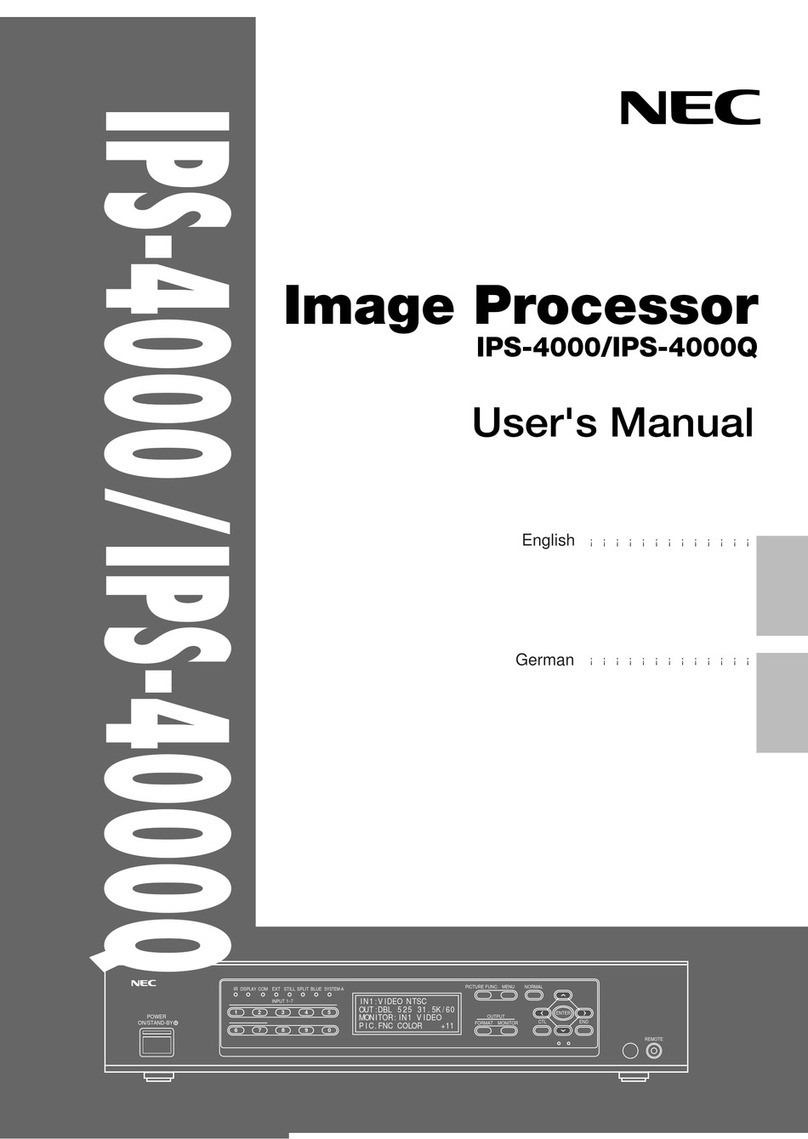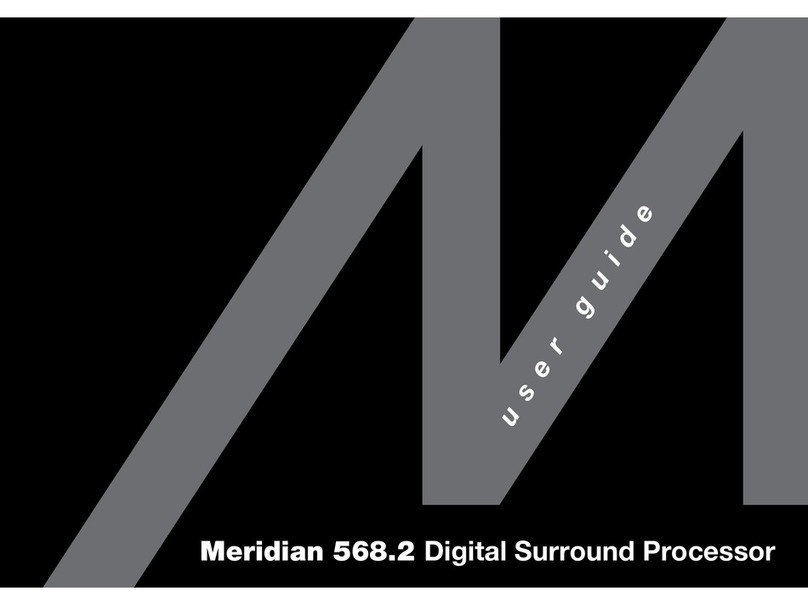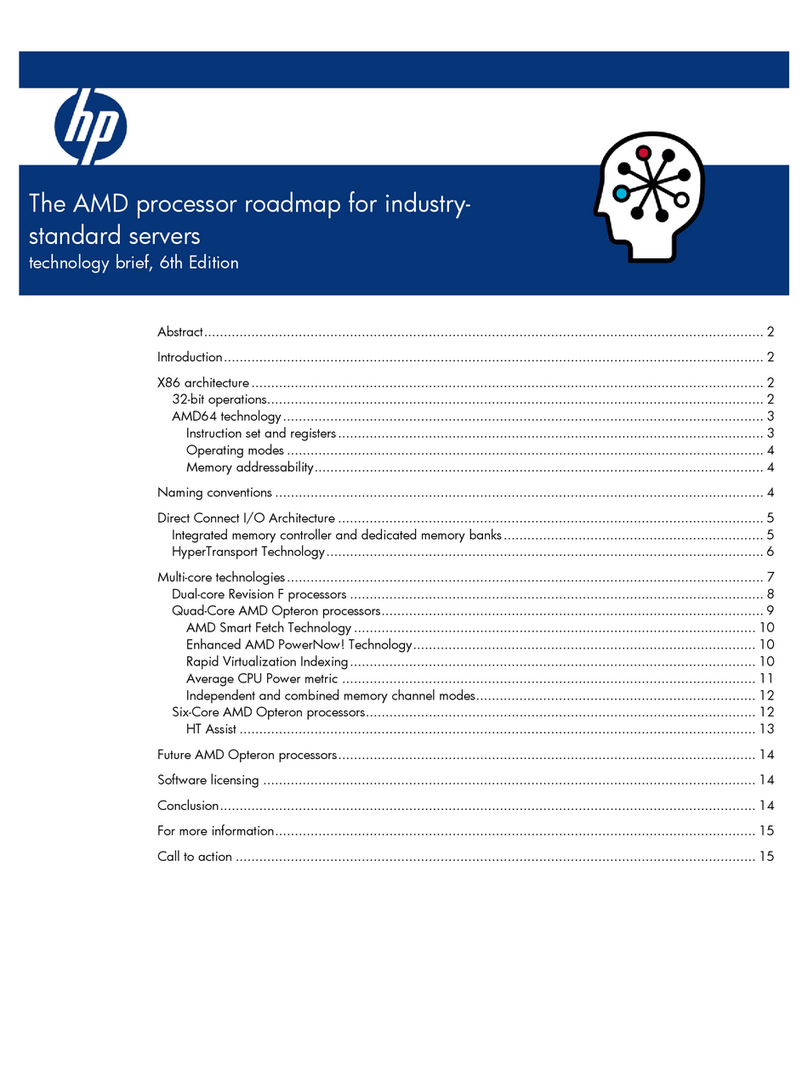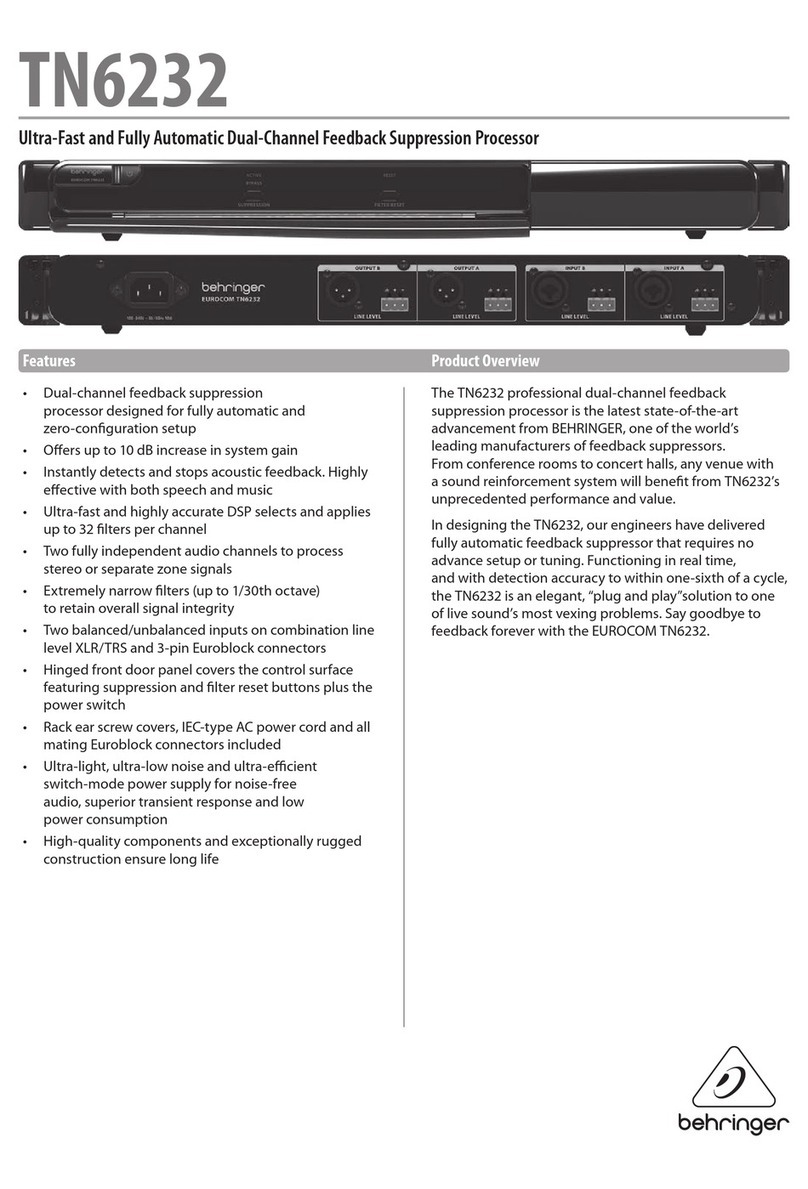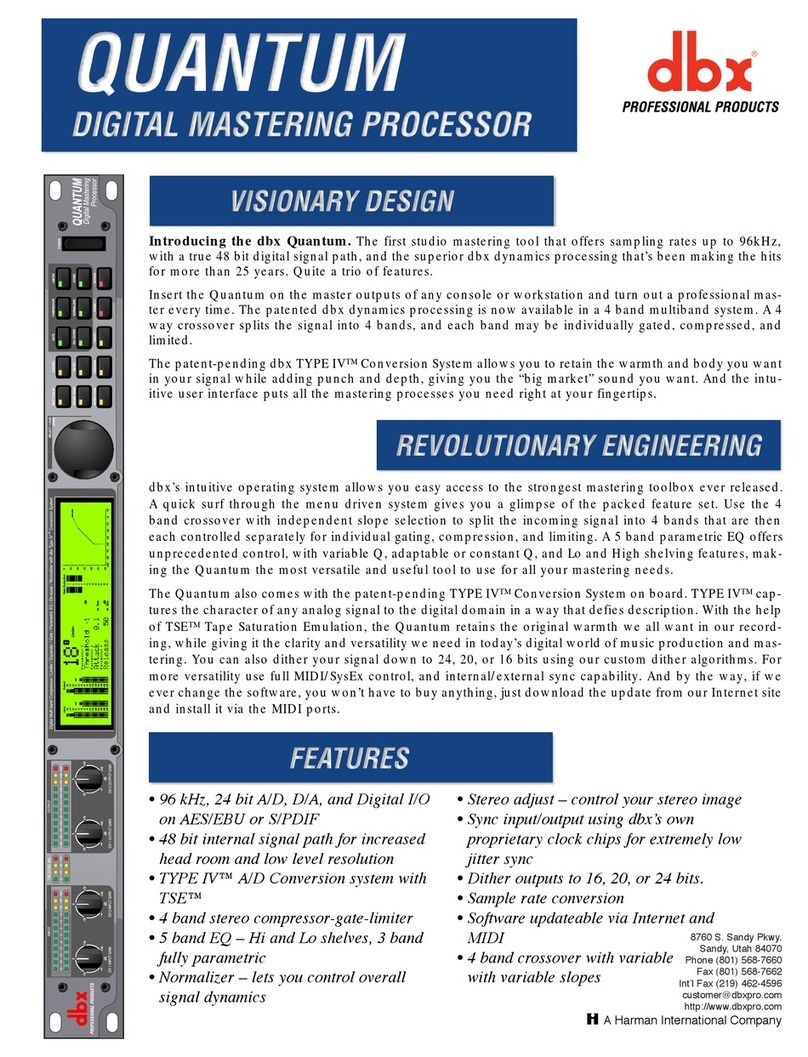
CP1E-E@@D@-@CP1E-N@@D@-@/NA20D@-@
9
Performance Specifications
Item CP1E-@@D@-@CP1E-N@@D@-@
CP1E-NA@@D@-@
Program capacity
2 K steps (8 Kbytes) including the symbol table,
comments, and program indices of the CX-Programmer
8 K steps (32 Kbytes) including the symbol table,
comments, and program indices of the CX-Programmer
Control method Stored program method
I/O control method Cyclic scan with immediate refreshing
Program language Ladder diagram
Instructions Approximately 200
Processing
speed
Overhead processing time 0.4 ms
Instruction execution times Basic instructions (LD): 1.19 µs min.
Special instructions (MOV): 7.9 µs min.
Number of CP1W-series Expansion Units
connected
CP1E-E10D@-@/@14D@-@/@20D@-@: None
CP1E-@30D@-@/@40D@-@/N60D@-@/NA20D@-@: 3 units
Maximum number of I/O points
CP1E-E10D@-@: 10
CP1E-@14D@-@: 14
CP1E-@20D@-@: 20
CP1E-@30D@-@: 150 (30 built in, 40 × 3 expansion)
CP1E-@40D@-@: 160 (40 built in, 40 × 3 expansion)
CP1E-N60D@-@: 180 (60 built in, 40 × 3 expansion)
CP1E-NA20D@-@: 140 (20 built in, 40 × 3 expansion)
Built-in I/O
CP1E-E10D@-@: 10 (6 inputs, 4 outputs)
CP1E-@14D@-@: 14 (8 inputs, 6 outputs)
CP1E-@20D@-@: 20 (12 inputs, 8 outputs)
CP1E-@30D@-@: 30 (18 inputs, 12 outputs)
CP1E-@40D@-@: 40 (24 inputs, 16 outputs)
CP1E-N60D@-@: 60 (36 inputs, 24 outputs)
CP1E-NA20D@-@: 20 (12 inputs, 8 outputs)
Built-in input
functions
High-speed
counters
High-speed
counter mode/
maximum
frequency
Incremental Pulse Inputs
10 kHz: 6 counters
5 counters (only for 10 I/O points)
Up/Down Inputs
10 kHz: 2 counters
Pulse + Direction Inputs
10 kHz: 2 counters
Differential Phase Inputs (4x)
5 kHz: 2 counters
Incremental Pulse Inputs
100 kHz: 2 counters,10 kHz: 4 counters
Up/Down Inputs
100 kHz: 1 counters,10 kHz: 1 counters
Pulse + Direction Inputs
100 kHz: 2 counters
Differential Phase Inputs (4x)
50 kHz: 1 counter, 5 kHz: 1 counter
Counting
mode
Linear mode
Ring mode
Count value 32 bits
Counter reset
modes
Phase Z and software reset (excluding increment pulse input)
Software reset
Control
method
Target Matching
Range Comparison
Input interrupts 6 inputs (4 inputs only for 10 I/O points)
Interrupt input pulse width: 50 µs min.
Quick-response Inputs 6 inputs (4 inputs only for 10 I/O points)
Input pulse width: 50 µs min.
Normal input Input
constants
Delays can be set in the PLC Setup (0 to 32 ms, default: 8 ms).
Set values: 0, 1, 2, 4, 8, 16, or 32 ms
Built-in output
functions
Pulse outputs
(Models with
transistor
outputs only)
Pulse output
method and
output
frequency
Pulse output function not included
Pulse + Direction Mode
1 Hz to 100 kHz: 2 outputs
Output mode Continuous mode (for speed control)
Independent mode (for position control)
Number of
output pulses
Relative coordinates: 0000 0000 to 7FFF FFFF hex
(0 to 2147483647)
Absolute coordinates: 8000 0000 to 7FFF FFFF hex
(-2147483647 to 2147483647)
Acceleration/
deceleration
curves
Trapezoidal acceleration and deceleration
(Cannot perform S-curve acceleration and
deceleration.)
Changing SVs
during
instruction
execution
Only target position can be changed.
Origin
searches Included
Pulse outputs
(Models with
transistor
outputs only)
Frequency
PWM output function not included
2.0 to 6,553.5 Hz (in increments of 0.1 Hz) with 1 output
or 2 Hz to 32,000 Hz (in increments of 1 Hz) with 1 output
Duty factor
0.0% to 100.0% (in increments of 0.1%)
Accuracy: +1%/-0% at 2 Hz to 10,000 Hz and
+5%/-0% at 10,000 Hz to 32,000 kHz
Output mode Continuous Mode
Built-in analog Analog input Analog function not included Setting range: 0 to 6,000 (2 channels only for NA-type)
Analog output Setting range: 0 to 6,000 (1 channels only for NA-type)
Analog adjusters 2 adjusters (Setting range: 0 to 255)
